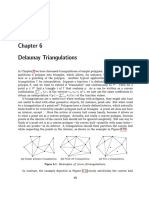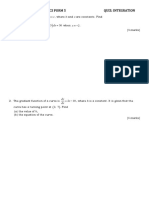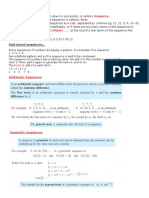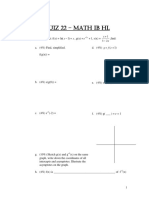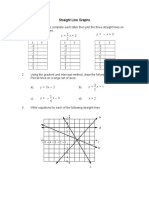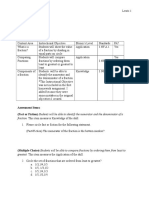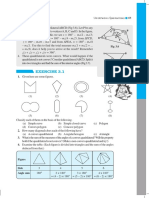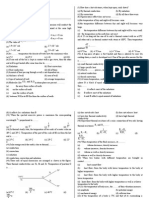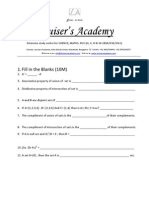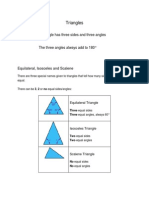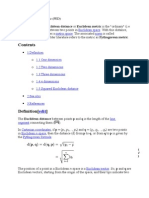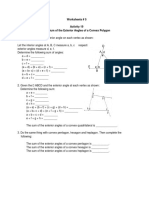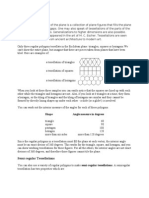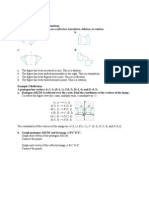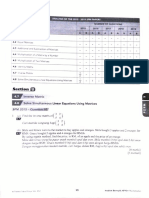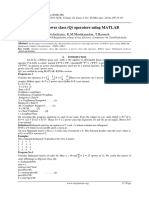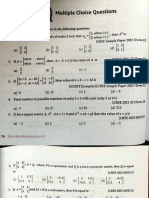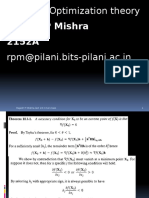0% found this document useful (0 votes)
1K views7 pagesHow To Diagonalize A Matrix
The document discusses diagonalizing matrices. It provides an example of a 3x3 matrix A with 3 distinct real eigenvalues. The eigenvalues are found and the corresponding eigenvectors are used to form a matrix P whose columns are the eigenvectors. It is shown that P^-1AP is a diagonal matrix with the eigenvalues along the diagonal, demonstrating that A has been diagonalized. The document also discusses matrices that are not diagonalizable and provides some examples.
Uploaded by
arnabphysCopyright
© Attribution Non-Commercial (BY-NC)
We take content rights seriously. If you suspect this is your content, claim it here.
Available Formats
Download as DOCX, PDF, TXT or read online on Scribd
0% found this document useful (0 votes)
1K views7 pagesHow To Diagonalize A Matrix
The document discusses diagonalizing matrices. It provides an example of a 3x3 matrix A with 3 distinct real eigenvalues. The eigenvalues are found and the corresponding eigenvectors are used to form a matrix P whose columns are the eigenvectors. It is shown that P^-1AP is a diagonal matrix with the eigenvalues along the diagonal, demonstrating that A has been diagonalized. The document also discusses matrices that are not diagonalizable and provides some examples.
Uploaded by
arnabphysCopyright
© Attribution Non-Commercial (BY-NC)
We take content rights seriously. If you suspect this is your content, claim it here.
Available Formats
Download as DOCX, PDF, TXT or read online on Scribd
/ 7


